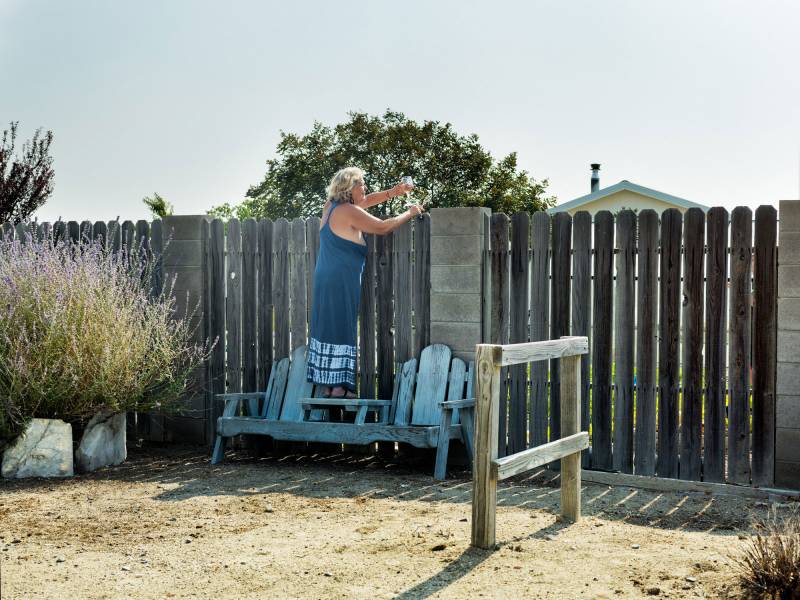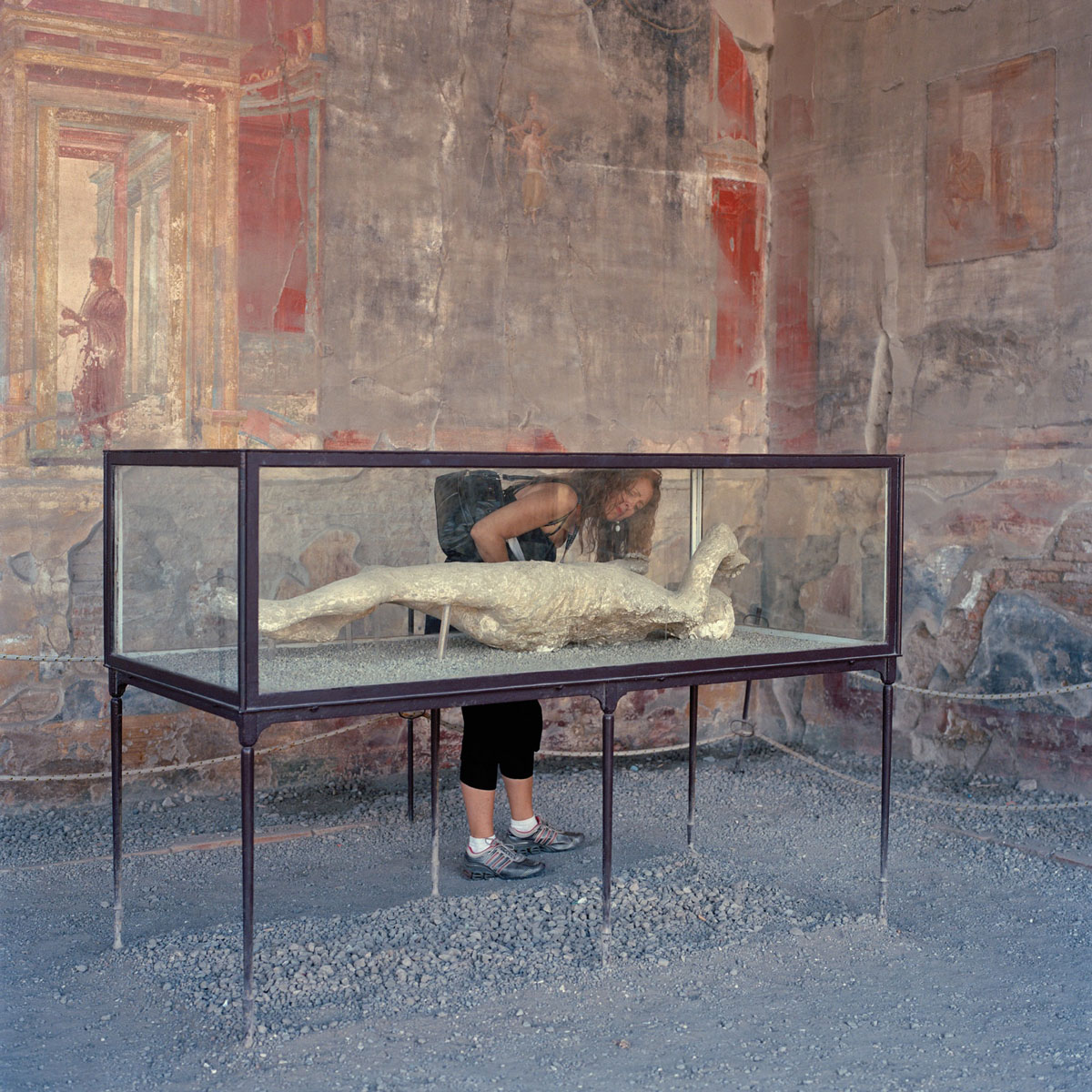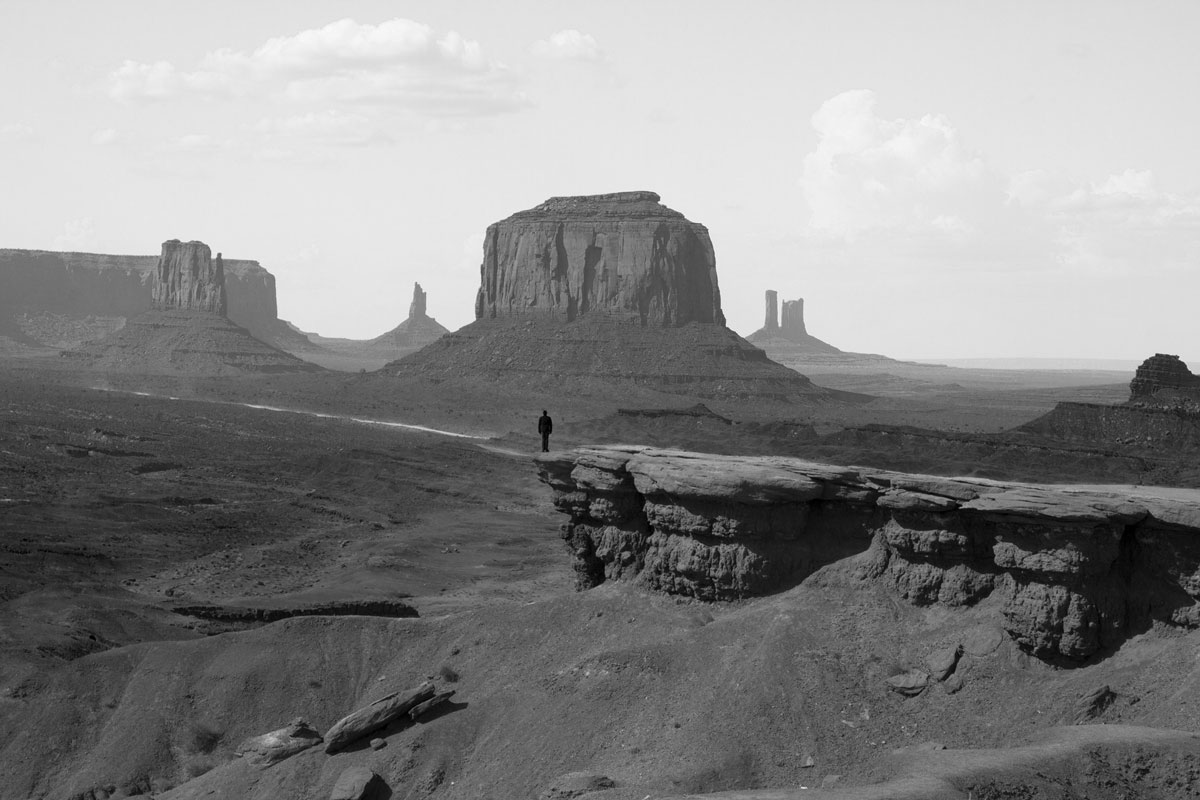Anyone who has worked in a gallery or museum can attest to the lasting memory grooves a looped audio or video piece can cut into your brain. One particular animated video from a summer group show has cycled slightly below the surface of my consciousness for nearly 15 years. Its nonsense refrain—“Farmer Jones brand!”—haunts me to this day.
This will not be the case, fortunately, for the employees of Fraenkel Gallery during the span of I’m Not the Only One. For though the show opens with a video piece by Mishka Henner (the show’s namesake), current by-appointment circumstances allow for the video to be stopped and started at will, to suit the needs of a particular audience.
It’s a private, customizable experience—one that could be, well, lonely. But I’m Not the Only One takes that condition in stride, filling the gallery’s three rooms with images of aloneness, an altogether comforting gathering that speaks to our shared yet separate experiences during 2020. Curated by gallery president Frish Brandt with input from staff, and drawn mostly from Fraenkel’s own holdings (a brand-new work by Elisheva Biernoff is a standout), it’s a showcase of their deep back catalog.
Even that is reassuring: it proves that aloneness has been a recurring theme across decades and media, for artists whose names are now lost to time, as well as those who have become household names. For every distressing, seemingly incomprehensible set of circumstances, artists have created ways to process that distress, even if none of them could have foreseen the particular circumstances of today.





